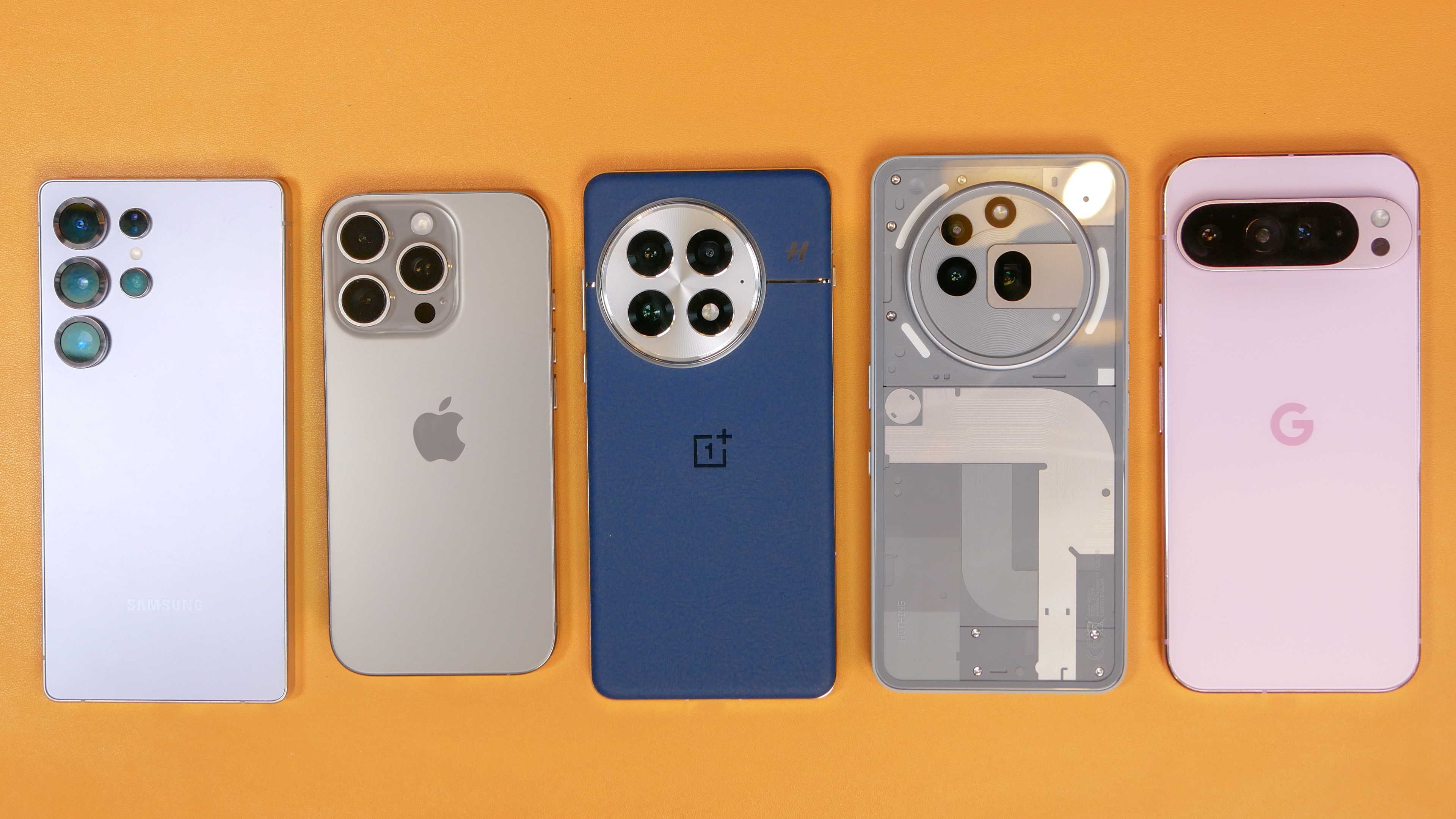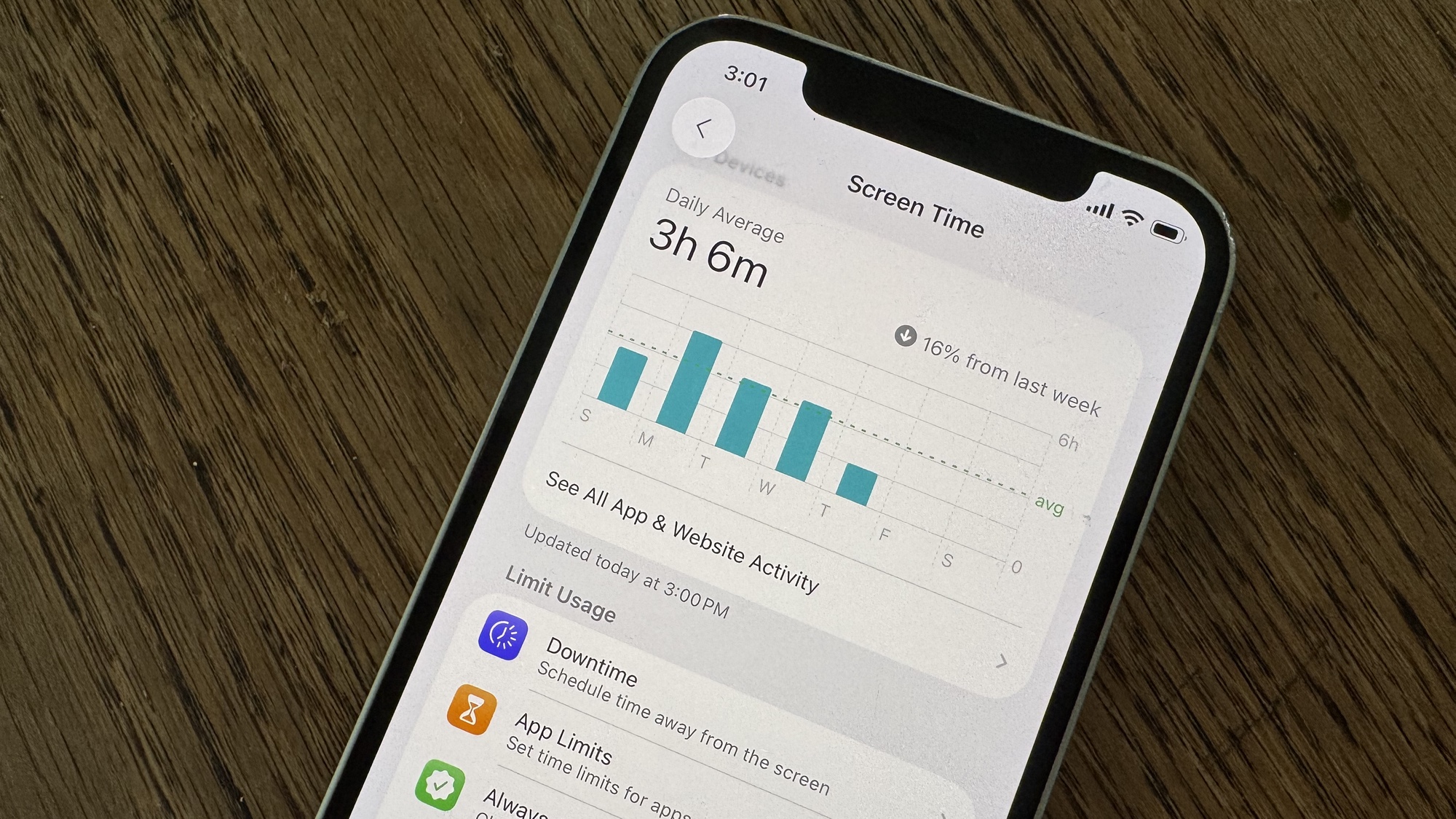Buying your kid their first phone? Do these 5 things first

For parents, the decision to get your child their first cell phone comes with a lot of questions. There are a handful of logistical hurdles to clear, such as choosing a kid-friendly phone and then making sure they have coverage on one of the best family cell phone plans.But just as important is what comes next — setting the ground rules for how your kid uses their new phone and how you plan to enforce them.
Guidelines for device usage are crucial for a variety of reasons. They allow you and your child to set and maintain healthy boundaries around issues like screen time, ensuring that phones don’t get in the way of homework and other activities or lead to detrimental effects on sleep or mental health.
Clear rules also help keep kids safe, protecting their privacy and limiting riskier interactions on social media or in other online spaces. Parents can also help enforce rules governing phone use at school.
Dr. Tiffany Munzer, a developmental behavioral pediatrician at the University of Michigan and ambassador for the American Academy of Pediatrics’ Center of Excellence on Social Media and Youth Mental Health, notes that parents should first assess their child’s or teen’s readiness for the responsibility of having a cell phone. For example, you should consider whether your kid has demonstrated that they can be kind and respectful toward others when there’s a conflict and that they have both an ability to complete schoolwork independently and a willingness to seek out an adult when needed. Parents should also ensure they are ready to monitor phone use.
Once you’ve decided you and your kid are ready for a phone, here are five things you can do to ease their transition to their first cell phone.
Choose the right device

Parents can start the rule-setting process well before kids have their first phone in hand, as the device you select helps define boundaries. You don’t necessarily need to start with the latest iPhones or Android devices — flip phones and “dumb” phones allow your child to ease in with basic functions like calling and texting if they’re not quite ready for social media and other apps available on smartphones.
“Think critically together about what are the minimum necessary apps to be able to achieve what you might need from a practical standpoint,” Munzer said.
Get instant access to breaking news, the hottest reviews, great deals and helpful tips.
Discuss guidelines in advance
"Expect and accept the bumps along the way. They're natural parts of learning, not signs of failure."
— Jill Murphy, Common Sense Media
While you’re deciding on a device, you should begin discussing the rules and expectations for phone use with your child. Experts say this conversation should be collaborative, ongoing, and age-specific, as younger kids will have different needs from older teens, and these rules should also be adjusted over time.
Common Sense Media, a nonprofit that provides guidance on media use for children, has a helpful guide with age-by-age considerations, while the Center of Excellence on Social Media and Youth Mental Health has a list of conversation starters and prompts for parents.
“Expect and accept the bumps along the way,” said Jill Murphy, Common Sense Media’s chief content officer: “They're natural parts of learning, not signs of failure. The key is maintaining open dialogue and adjusting your approach as your child grows or situations change.”
Parents should discuss rules for texting, calling, taking photos and videos, downloading and using apps (including games and social media), and posting online. Munzer also recommends that parents discuss their own challenges with device usage and get their child’s or teen’s input.
Create a family media agreement

Don’t just talk about the rules for phone use and the consequences for breaking said rules — write them down. A family media agreement or family media plan is a contract you can refer back to that helps create transparency, understanding, and accountability.
Munzer advises that all family members should be included in this process, as kids and teens are more likely to develop healthy phone behaviors if these are modeled by parents.
The agreement may cover topics like screen time limits, privacy guidelines, and in what circumstances parents can or will review device activity — an important consideration for building and maintaining trust with your child.
If and when kids do violate guidelines laid out in the agreement, parents should address these concerns promptly and calmly. Help your child understand the purpose of the rules you’ve set, and use natural consequences that have a logical connection to the violation — for example, limiting certain access to an app rather than taking away the phone.
Utilize on-device parental control settings

If your child has a smartphone, there are many on-device and third-party parental controls you can employ for everything from limiting screen time and app downloads to monitoring what kids are seeing and sending.
On iOS, Screen Time includes settings to restrict explicit content, purchases, and downloads, as well as control access to specific settings and features. On Android, Family Link provides similar parental controls ranging from global and individual app time limits to content filters to device location notifications. The best parental control apps can augment those on-device settings, too.
Parents can disable in-app purchases and require approval for new downloads and should also enforce settings to protect your child’s privacy and security:
- Set up device passcodes and biometrics
- Enable “Find My Phone” access for trusted contacts
- Turn on automatic updates and backups
- Turn on message filters
- Disable non-essential location sharing permissions (such geolocation for photos)
Murphy advises parents to implement all privacy protections available on their child’s device and in apps; they should also ensure that any accounts — including social media — are child- or teen-specific. (Accounts for minors typically have built-in restrictions.)
Include school device policies

School rules for phone use may be different than those at home, but you should consult and incorporate them into your family media agreement. This includes both your child’s personal device as well as tablets or computers provided by the school.
If the school communicates phone-related concerns or you notice excessive phone use during school hours, address these issues promptly using the guidelines in your plan.
Giving your child or teen their first phone is an important step for building healthy media and digital device habits. Thoughtful planning and ongoing communication can help ease this transition for the entire family.
More from Tom's Guide
- Feature phones are now having a 'renaissance' — here's why
- Ultimate back to school guide 2025: Laptops, Chromebooks, headphones and more
- Apple launches 5 upgrades to help parents protect kids online

Emily Long is a Utah-based freelance writer who covers consumer technology, privacy and personal finance for Tom's Guide. She has been reporting and writing for nearly 10 years, and her work has appeared in Wirecutter, Lifehacker, NBC BETTER and CN Traveler, among others. When she's not working, you can find her trail running, teaching and practicing yoga, or studying for grad school — all fueled by coffee, obviously.
You must confirm your public display name before commenting
Please logout and then login again, you will then be prompted to enter your display name.
